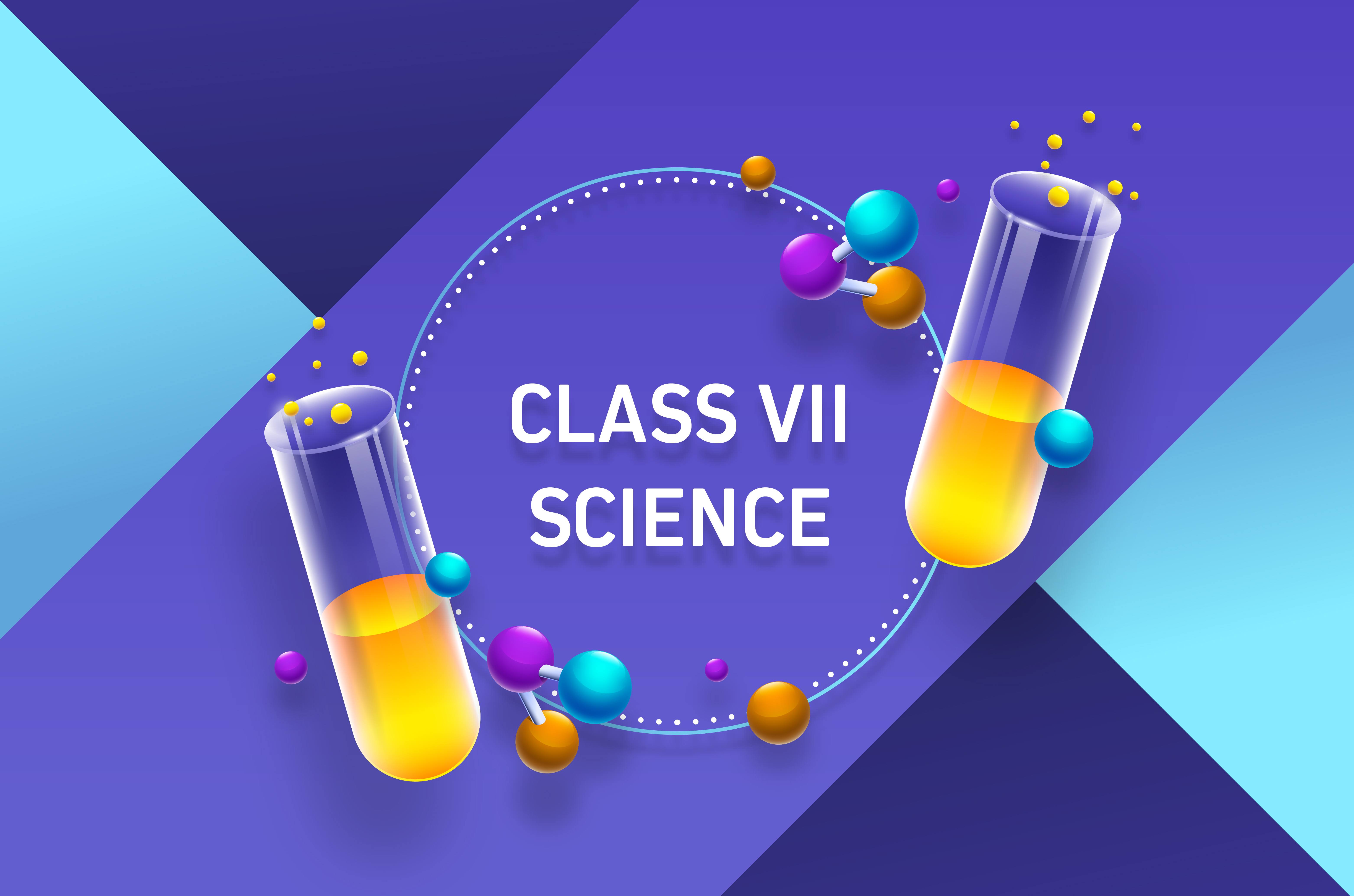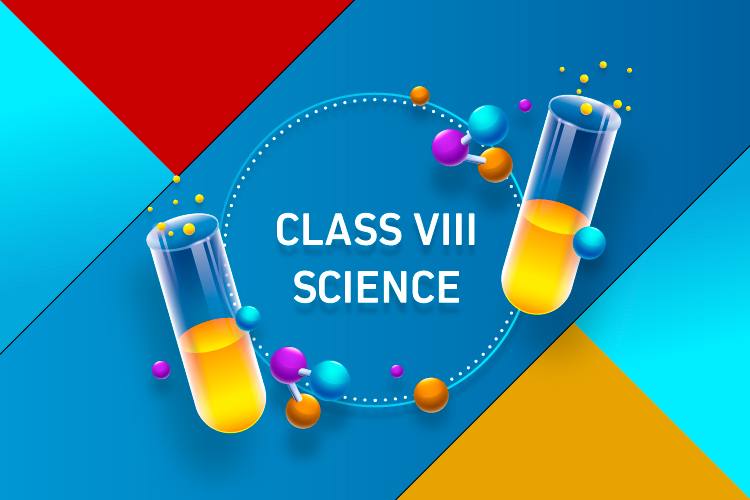Important Main Point in Class 7 Science Chapter 1
- Mode of Nutrition in Plants
This part of the content gives you a fundamental idea about modes of nutrition which is usually required by different organisms. As we know, food is essential for all living organisms. The food contains some nutrients like, carbohydrates, Proteins, Fats, Vitamins, and Minerals which are required by our body for growth and development, called nutrition. We get food from plants and animals, as you know. But how do plants get their food? Remember, plants can make their food themselves, but humans and animals cannot. Autotrophs are the mode of nutrition in which organisms make their own food. That means plants are autotrophs. Here, we cannot make our food; we are dependent on plants for the readymade form of food. So, we are known as ‘Heterotrophs’. Therefore, it is clear that the plant uses the autotrophic mode of nutrition for its growth and development. Nutrition in Animals and most other organisms is heterotrophic mode of nutrition for growth and development.
- Photosynthesis – Food Making Process in Plants
This part of the content focuses on the process of photosynthesis which is essential for the survival of all living organisms. Plants are the only organisms that can prepare food by using sunlight, water, carbon dioxide, and minerals. You are surprised to know that leaves are the food factories of plants. Therefore, all the raw materials must reach there. The leaves have a green pigment called chlorophyll which captures the energy of the sunlight. This light energy is used to prepare food. So, this process is known as ‘Photosynthesis’. The raw material, i.e. carbon dioxide taken from the air through the tiny pores of leaves, is called stomata. Water and minerals present in the soil are absorbed by the roots and transported to the leaves. The food produced by the process of photosynthesis is mainly carbohydrate which later gets converted into starch. During the process of photosynthesis, oxygen is released into the atmosphere. Thus, you can see how photosynthesis is essential for the survival of all living organisms.
- Other Modes of Nutrition in Plants
There are some plants that do not contain chlorophyll in them and thus cannot prepare their food. They depend on other plants or organisms for food. Therefore, they are known as a parasite. You will be surprised to know that there are some plants that can trap insects and digest them. Such insect-eating plants are called insectivorous plants.
- Saprotrophs
This part of the content introduces some other modes of nutrition which is usually essential for different organisms. You might have seen cotton-like threads spread on the rotten or wet piece of bread. These organisms are often known as fungi. The way they take their nutrients from dead or decaying matter is called ‘Saprotrophs’. Remember, the mode of nutrition in which organisms take their nutrients from decaying matter is called saprotrophic nutrition. Sometimes, two plants of different species live together and help each other in obtaining food and shelter. This association is called symbiosis, and such plants are called symbiotic plants. The association is significant for both of their survival.
- How Nutrients Replenished in the Soil
You learned that plants absorb nutrients from the soil. Crops require much nitrogen to make protein. After the harvest, the soil becomes deficient in nitrogen. Plants cannot use the nitrogen gas available in the atmosphere directly. The action of rhizobium bacteria can convert this nitrogen into a soluble form but that bacteria cannot make its own food. In return, leguminous plants provide food and shelter to the rhizobium bacteria. Thus, they have a symbiotic relationship as you learn before. This association is significant for the farmer, as they do not need to add nitrogen fertilizers to the soil in which leguminous plants are grown. In this way, you can see that every living organization needs some energy and nutrient materials to ensure that the life processes go on smoothly.








